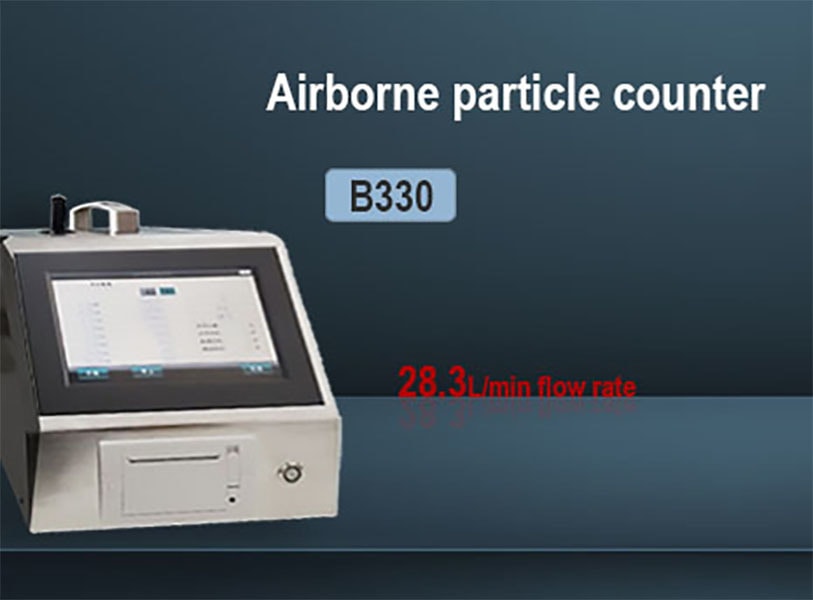
#Industry News
How does the particle counter work and what are the precautions for using it?
A particle counter is an instrument that uses the scattering principle of light to count dust particles.
Light scattering is related to particle size, particle refractive index, light wave wavelength and light absorption characteristics of particles. However, as far as the intensity of scattered light and particle size are concerned, there is a basic rule that the intensity of scattered light increases as the surface area of the particles increases. Thus a certain flow of dusty gas is passed through an intense light, and the particles emit scattered light, which is projected onto a photomultiplier tube through a concentrating lens to change the light pulse into an electrical pulse, and the number of particles can be obtained from the number of pulses. The particle diameter can be derived from the intensity of the scattered light as a function of the particle diameter. This is the basic principle of the light scattering particle counter.
The B330 high flow laser particle counter is a new type of particle counter for measuring the size and number of dust particles per unit volume of air in a clean environment, enabling quick verification of clean room cleanliness levels and printing of relevant test results, in compliance with ISO 14644 and GMP 2010. The product is easy to operate and simple to use with its high resolution, large color touch screen. In addition, the B330 high flow laser particle counter can simultaneously monitor the number of particles and their changes in 8 particle size channels and store up to 10 x 500 sets of data. Typical applications include particle testing in clean rooms, air particle studies, indoor air quality assessment, and also for filter performance testing and cleanliness evaluation.





